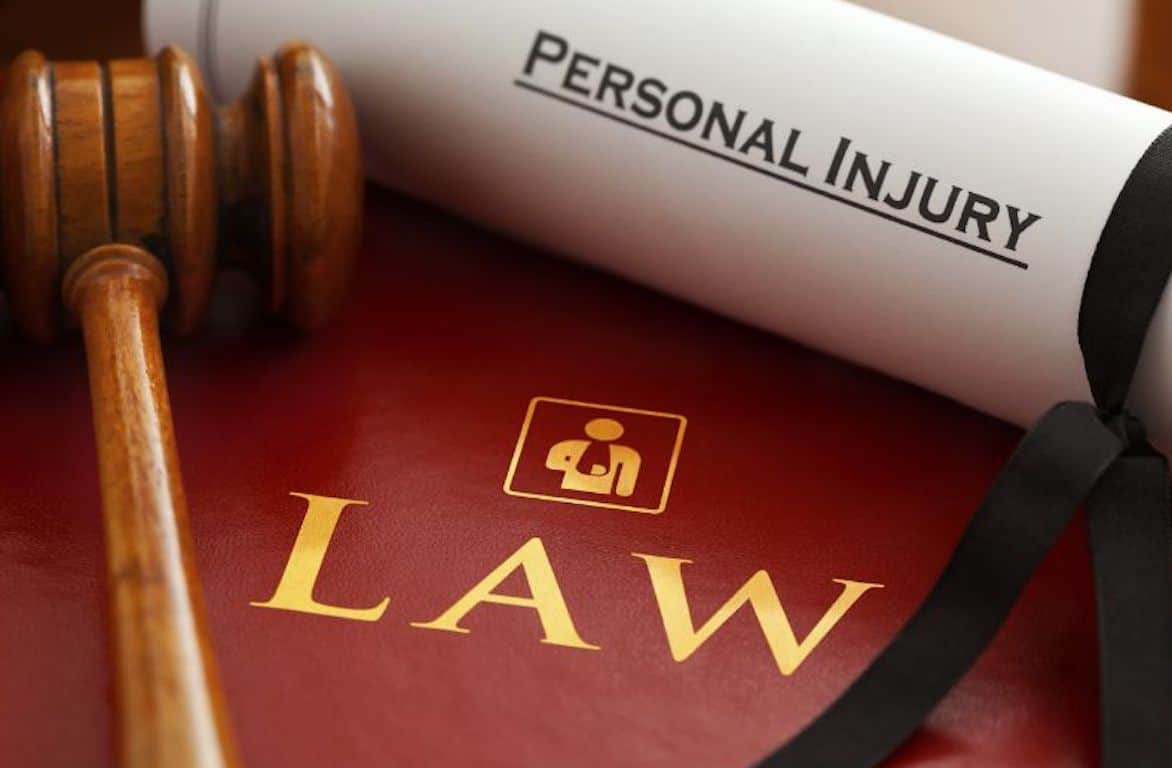Free Consultation
Free Consultation

If you have been injured due to someone else’s negligence, you may be entitled to compensation for your damages. However, to recover damages in a personal injury case, you must be able to prove that the other party was negligent. Proving negligence can be challenging, but it is essential to building a strong case. This blog post will explore how to prove negligence in a personal injury case in New York.
Negligence is the failure to exercise reasonable care that harms another person. To prove negligence in a personal injury case, you must establish four elements:
The first element of negligence is establishing that the defendant had a duty to exercise reasonable care to prevent harm to the plaintiff. This duty can arise from a variety of sources, including:
To prove duty, you must show that the defendant owed a duty of care to the plaintiff. This can often be established through evidence such as witness testimony, expert opinions, or documentation.
The second element of negligence is proving that the defendant breached the duty of care. This can be established through evidence such as witness testimony, expert opinions, or documentation. For example, if a driver runs a red light and hits a pedestrian, it can be established that the driver breached their duty of care.
The third element of negligence is proving that the defendant’s breach of duty caused the plaintiff’s injuries. This can be the most challenging element to prove, as it requires establishing a causal link between the defendant’s actions and the plaintiff’s injuries.
In some cases, causation can be established through direct evidence, such as witness testimony or medical records. In other cases, causation may require expert testimony or scientific evidence.
The final element of negligence is proving that the plaintiff suffered damages due to the defendant’s breach of duty. Damages can include economic and non-economic losses, such as medical bills, lost wages, pain and suffering, and emotional distress.
To prove damages, you must provide evidence of your losses due to the defendant’s negligence. This can include medical bills, pay stubs, and documentation of any other expenses or losses you have incurred.
A personal injury case in New York requires meeting the four elements: duty, breach, causation, and damages. It can be a complicated and challenging process, but you can build a strong case with the right evidence and an experienced personal injury attorney.
If you have been injured due to someone else’s negligence, acting quickly to protect your rights is important. Gathering evidence, obtaining medical treatment, and working with an attorney can help ensure your case is strong and you receive the compensation you deserve.
Proving negligence in a personal injury case can be challenging, and working with an experienced personal injury attorney who can help you build a strong case is important. An attorney can help you gather evidence, obtain expert testimony, and negotiate with insurance companies and other parties on your behalf.
Additionally, an attorney can help you navigate the legal system and ensure your rights are protected.
Remember, personal injury cases can involve complex legal issues and require a thorough understanding of the law. Working with an experienced personal injury attorney can help you navigate the legal system and ensure your rights are protected.
Overall, proving negligence in a personal injury case in New York requires careful preparation, strong evidence, and a skilled legal team. By understanding the elements of negligence and working with an attorney who can help you build a strong case, you can increase your chances of receiving the compensation you deserve.